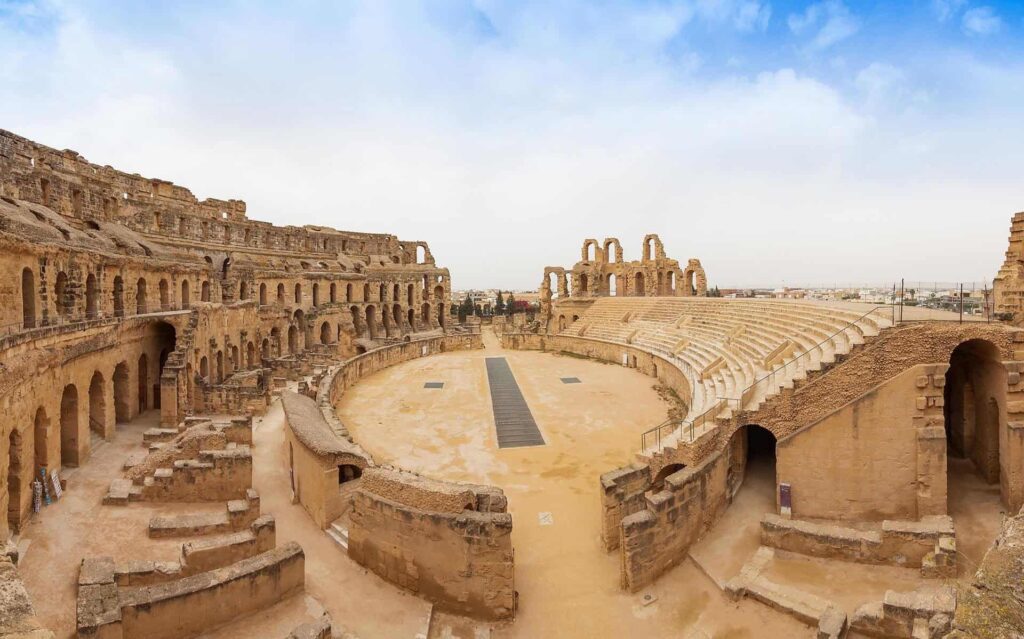Have you ever dreamed of stepping into a time machine and witnessing history unfold before your very eyes? Traversing the landscapes of Tunisia, you’re not just exploring a destination—you’re journeying through the remnants of a world that shaped civilizations. Tunisia’s Roman ruins are your gateway to an ancient era of gladiators, emperors, and cultural grandeur. This guide will help you uncover the most incredible Roman sites in Tunisia while giving you actionable tips to make the most of your visit. Let’s dive into the stories these ruins convey and plan your unforgettable adventure.
Why Tunisia is a Roman History Wonderland
If you’ve been marveling over Rome’s Colosseum or Athens’ Acropolis on Instagram, wait until you discover what Tunisia has in store. Often overlooked, Tunisia boasts some of the best-preserved Roman structures outside of Europe. Its strategic location on the Mediterranean made it a vital hub during the Roman Empire, leaving behind a wealth of ruins that speak to this land’s historical importance.
What’s even more exciting? Unlike the often-overcrowded tourist landmarks in Europe, Tunisia’s Roman sites allow you to immerse yourself in the past without the modern-day distractions of busy crowds. These ruins showcase a blend of architectural brilliance, cultural integration, and historic value—making Tunisia a haven for travelers who are archaeology enthusiasts at heart.
The Top Tunisia Roman Ruins You Must Visit
El Djem Amphitheater: The Colosseum of Africa
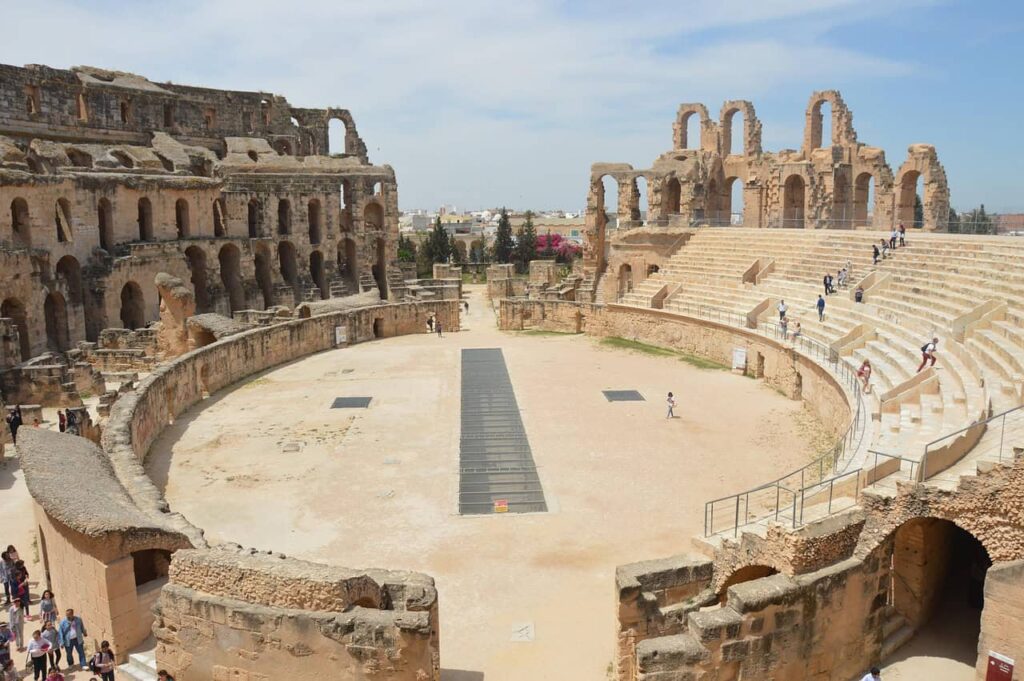
As you arrive in El Djem, the monumental amphitheater takes center stage. You can almost hear the echoes of roaring crowds and the clang of swords as gladiators fought for glory. Recognized as a UNESCO World Heritage Site, this amphitheater rivals Rome’s Colosseum in both scale and preservation. Imagine standing in the heart of the arena, where up to 35,000 spectators once cheered.
- Architectural Marvel: The stone construction, intricate designs, and engineering feats of this amphitheater reflect Roman craftsmanship at its finest.
- Pro Travel Tip: Head here early in the morning or during the late afternoon for fewer crowds and stunning lighting for photos.
- Did You Know: El Djem served as a filming location for movies like Gladiator!
El Djem is not just a historical site—it’s a portal that takes you straight to the heart of Roman spectacle and drama.
Dougga: The Best-Preserved Roman Town in Tunisia
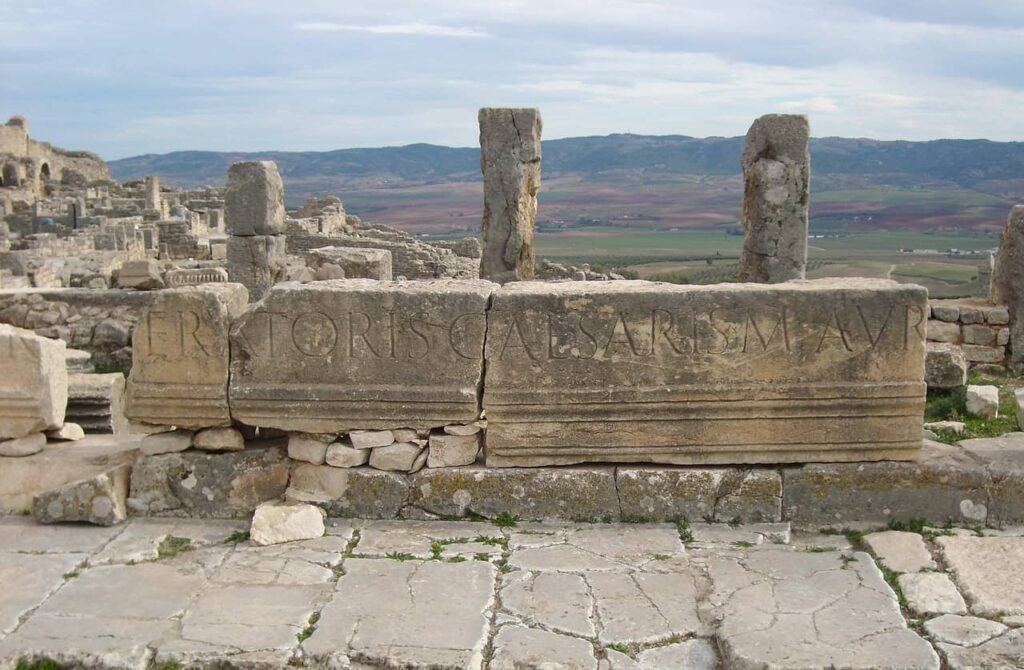
Situated amid rolling hills, Dougga offers an entirely different experience. This ancient town feels like time itself came to a halt here, with settlements of temples, baths, and streets still intact. As you wander its pathways, you won’t just see history—you’ll feel it surround you.
- Must-See Highlights:
- The impressive Capitol, dedicated to the Roman gods Jupiter, Juno, and Minerva.
- The well-preserved theater that could host around 3,500 spectators.
- The Libyco-Punic Mausoleum, a nod to Tunisia’s multicultural past.
Take your time exploring—Dougga rewards attentive visitors with stories carved into its stones. Whether you bring a guide or wander solo, this town is a photographer’s dream and a historian’s treasure.
Carthage: The Seat of Roman Power in North Africa
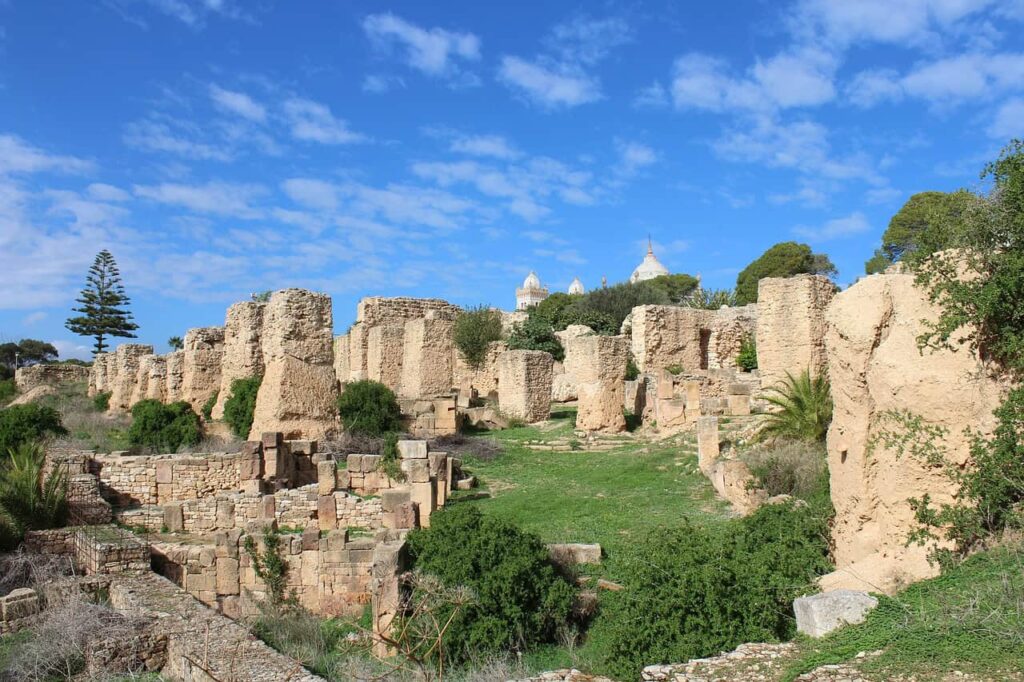
Carthage was more than just a city—it was the heart of Roman power in Africa. When you visit today, this bustling suburb holds echoes of a history older than most civilizations. Equal parts Punic and Roman, Carthage’s ruins present a blend of two incredible legacies.
- Don’t Miss:
- The Antonine Baths: Serving thousands of people, these are among the largest bath complexes in Roman antiquity.
- Byrsa Hill: Walk through what was once Carthage’s center, with remnants of homes and mosaics still visible.
- Roman Villas: These luxurious residences illustrate the opulence of elite Roman lifestyles.
By visiting Carthage, you’ll gain insights that stretch far beyond the Roman era, connecting with Tunisia’s rich and layered history.
Sbeitla (Sufetula): A Hidden Gem Among Tunisia’s Roman Ruins
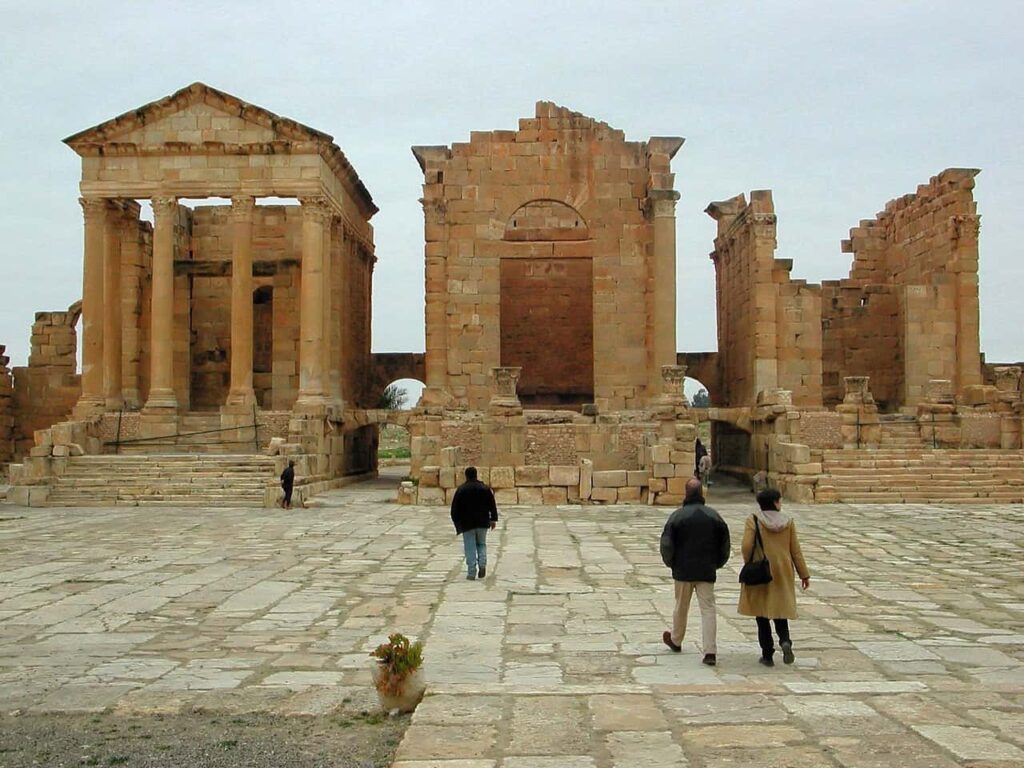
For an off-the-beaten-path experience, Sbeitla offers an unparalleled serenity that few can match. Here, you’ll find yourself in the midst of striking temples dedicated to Jupiter, Juno, and Minerva—the classic Roman deities.
- Reasons to Visit:
- The site is tranquil and offers breathtaking panoramas for photography.
- Its layouts provide a clear understanding of how Roman towns were designed.
- Without large crowds, you’ll feel like you’ve discovered an ancient treasure all on your own.
This lesser-known ruin has a charm that quietly captivates visitors, making it a gem for those who prefer solitude paired with history.
Pro Tips for Exploring Tunisia’s Roman Ruins
To make your Tunisian adventure both seamless and unforgettable, planning is key:
Travel Smart:
- Visit during spring (March-May) or fall (September-November) for milder weather. Summers can be extremely hot, especially in hinterland areas like Dougga and El Djem.
- Rent a car for the ultimate flexibility to explore at your own pace.
Pack Essentials:
- Comfortable walking shoes.
- A sun hat or umbrella.
- Reusable water bottle (hydration is crucial).
Respect the Sites:
- Avoid climbing or touching fragile ancient structures.
- Preserve the sanctity of each area by taking only pictures and leaving only footprints.
By following these tips, you’ll ensure both a more enjoyable and sustainable travel experience.
What Makes Tunisia’s Ruins Unique?
You might wonder: why should you visit Roman ruins in Tunisia instead of other places? The answer lies in the unique blend of cultures present in Tunisia’s history. Unlike European ruins, Tunisia’s sites often intertwine Roman architecture with indigenous Berber culture and remnants of earlier Punic cities.
Moreover, Tunisia’s relatively less-crowded ruins give you the rare opportunity to experience these wonders with a sense of intimacy and connection that populous sites in Rome or Athens can scarcely offer.
Frequently Asked Questions About Tunisia’s Roman Ruins
How many Roman ruins are there in Tunisia?
Tunisia is home to dozens of Roman ruins, ranging from famous landmarks like El Djem and Carthage to smaller, lesser-explored sites scattered across the country.
Are the Roman ruins in Tunisia safe to visit?
Yes, Tunisia’s Roman ruins are incredibly safe to visit. Many are maintained well, though visitors should be careful on uneven surfaces. Stick to designated walkways and listen to guides’ advice if you’re with a tour.
How can I explore Tunisia’s Roman ruins on a budget?
- Transportation: Use affordable trains or shared taxis (louages) to travel between cities.
- Entry Fees: Ticket prices are quite reasonable—most range between \$2–\$8 USD.
- Guides: Many locals offer affordable guided tours for a deeper understanding of the history.
What’s the best ruin to start with if I only have time for one?
If you’re tight on time, El Djem offers the most dramatic and iconic experience, resembling Rome’s Colosseum without the crowds. However, Dougga provides a broader look at Roman life, making either an excellent place to begin.
Conclusion: Rediscover the Glories of Ancient Rome in Tunisi
Your journey through Tunisia’s Roman ruins won’t just be a trip—it will be a story you’ll share for years to come. Few places on earth offer such a well-preserved glimpse into antiquity, all while remaining remarkably accessible. Will you let yourself wander the streets of Dougga, stand in awe at El Djem’s amphitheater, and marvel at Carthage’s masterful engineering?
Take this as your sign to plan a trip to Tunisia, where each stone and pillar holds a story waiting to be discovered. Don’t just travel to see—travel to experience, connect, and immerse yourself in a world long gone but never forgotten.
What are you waiting for? The echoes of ancient Rome are calling, and Tunisia is your gateway to answering them.
